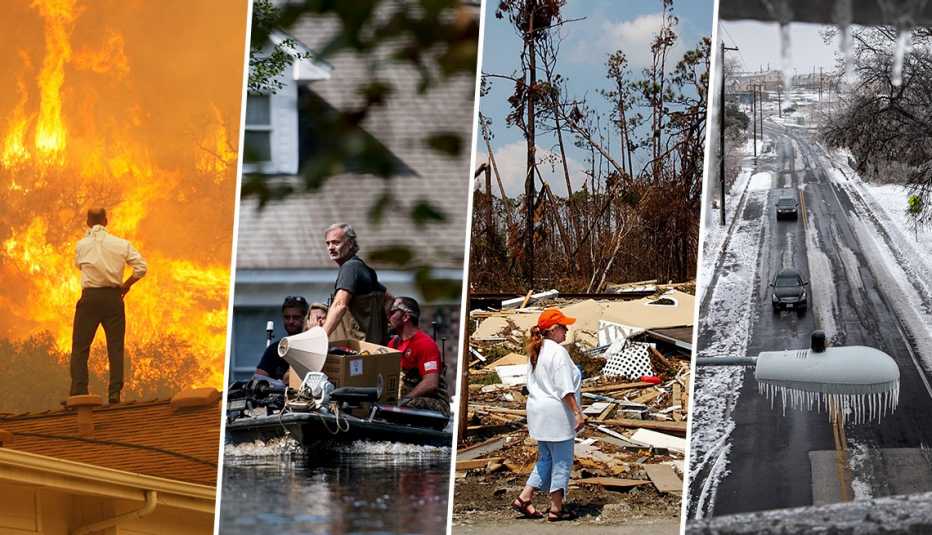Staying Fit
Don’t knock your electric stove just yet. It turns out that gas stoves are harming the environment and potentially you more than previously thought.
Just how bad is it? A new study by PSE Healthy Energy, the nonprofit energy and policy research institute, found natural gas piped into millions of homes in California for heating and cooking has high levels of carcinogens and hazardous air pollutants akin to secondhand smoke. Even when these gas stoves are turned off, researchers found they can generate benzene concentrations in homes that are up to seven times the recommended exposure limit in the state. That’s in addition to the benzene leaks that can happen when the stove is turned on.


AARP Membership— $12 for your first year when you sign up for Automatic Renewal
Get instant access to members-only products and hundreds of discounts, a free second membership, and a subscription to AARP the Magazine.
“Stoves leak small amounts of gas all the time, even when they are off. While these leaks are often too small to smell, they can still impact air quality and increase human health risks in our homes,” lead author Eric Lebel, senior scientist at PSE Healthy Energy, said in a statement highlighting the research, which was published in Environmental Science & Technology. “We found that just having a gas stove can create benzene concentrations in the kitchen comparable to secondhand smoke.”
To come to their conclusion, researchers collected 185 samples of unburned gas from kitchen stoves around California. In nearly every sample they found benzene and other hazardous air pollutants. Of the 10 pollutants identified, six are designated as hazardous air pollutants under the Clean Air Act.
The study comes as California gets ready to move away from gas appliances and to electric alternatives to fight climate change and protect the health of residents. By 2030, California will end the sale of gas furnaces and water heaters. The state is also phasing out subsidies given to connect new homes to the gas system.



































































